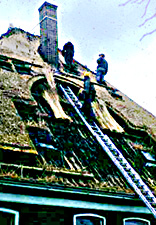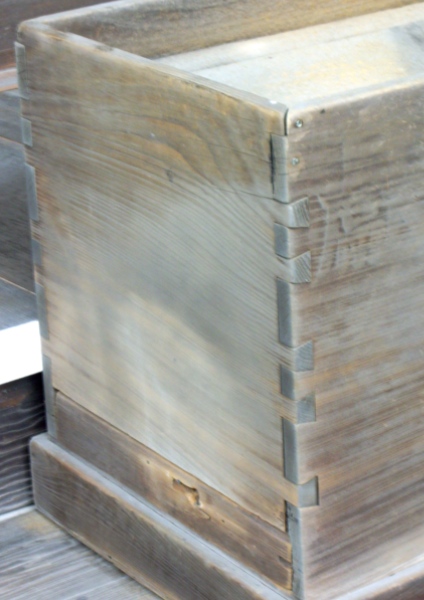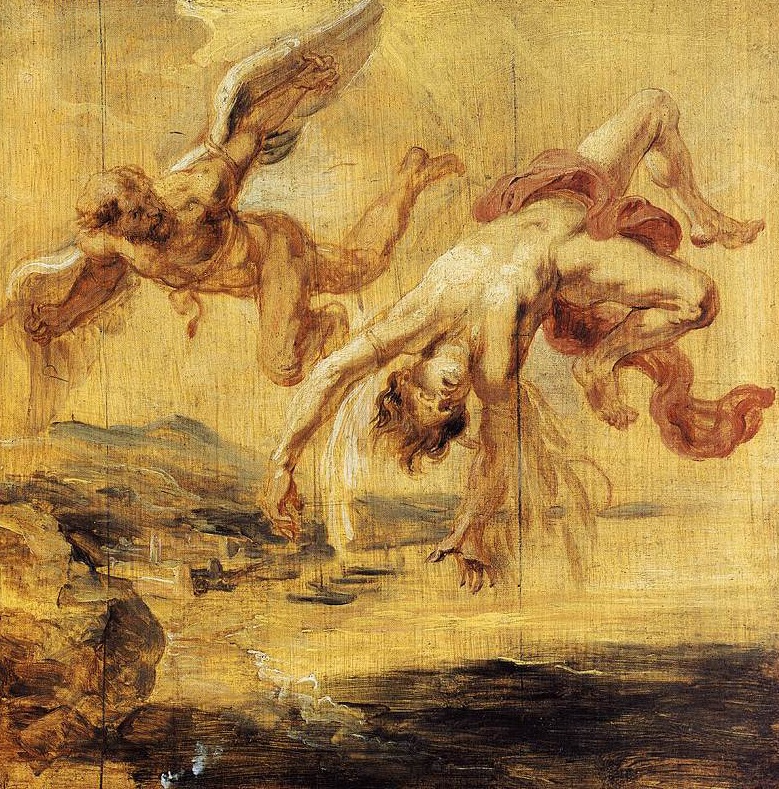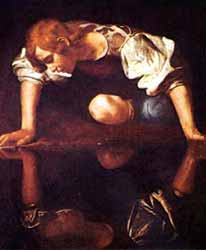Examining the complexity of Technology
Complexity refers to understanding contingent events in the history of tool making, application and widespread use. The focus is how –to what extent– one thing is dependent upon another.
Reread your notes on Pursell,
Summarize and Exchange one page (at least) of your notes.
By taking notes together tell us at least one or more of each of the evidence about technology from Pursell:
- certainty of fact
- a centrally important fact, persons, or event
- what impact or consequences came from these examples
Carroll Pursell, White Heat, (Berkeley, California: UC Press, 1992).
These three workers are repairing and replacing a thatch roof, made from reeds and marsh grasses harvested and dried from a grass-based, wetland terrain, in the Netherlands.
Basic information to know:
Technology can be defined.
Tekne + logos
join
logic
tekth + logos
fit together or mesh + the word, speech, or narratives (study of)
The joints of this box fit together precisely to hold the contents within.
technology is a systematic understanding and practical knowledge of the applied arts and sciences.
√ The study of “objects and products that allow us to do things” (Pursell, page 14.) or the search for the meaning of the inventions and discoveries that lead to the tools people use to solve problems.
√ A problem is the perceivable difference between an existing and a desired state of affairs. The notion that tools are used to solve old problems and create new problems is assumed by the fact that technology is the application of knowledge, or craft, as a technique or way of doing something to remedy a condition.
Or it can be said that technology is acting appropriately with tools in such a way as to alter undesired conditions found in any situation
contingent, meaning dependent upon, existing if an only when circumstances permit, the specific conditions or situations that existed prior to current affairs; the way things are as opposed to the ideal, fantasized, or imagined.
The term contingent is related to emergent - that is defined as: arising from a complex set of causes that are not readily analyzable simply as the sum of the contributing effects.
Technology is both a study of contingent and emergent factors.
put together synergy link synthetic contingent steam engines emergent From the purely technical aspect of tools and tool complexes such as iron foundries, canals, windmills, or sailing ships, knowing how the parts fit together is crucial to understanding the influence of technology on society and behavior.
Technology is a text to interpret three, complementary ways.
| The three facets of tools | ||
|---|---|---|
 |
||
| technics | ||
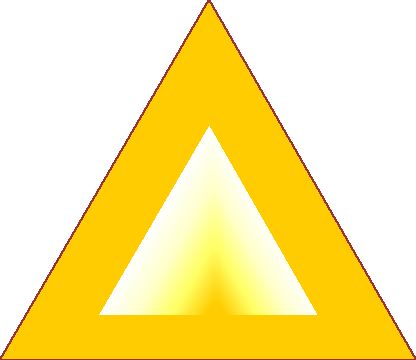 |
||
| socio-technical | ideo-technical | |
Pursell: ideo-technical dimension of ways to study the importance of tools and technical change:
Meaning and myth [the cultural dimension or aspect of technology]
In Pursell these two myths are compared to which we can add two other significant myths:
Catalyn Partenie, of Stanford University reminds readers that "myth" meant something very different to the pre-Socratic (5th century BCE) Greeks, from whom some of these stories about technology
"What the ancient Greeks—at least in the archaic phase of their civilization—called muthos was quite different from what we and the media nowadays call “myth”. For them a muthos was a true story, a story that unveils the true origin of the world and human beings. For us a myth is something to be “debunked”: a widespread, popular belief that is in fact false. In archaic Greece the memorable was transmitted orally through poetry, which often relied on myth."
Catalin Partenie "Plato's Myths," Stanford Encyclopedia of Philosophy, First published Thu. July 23, 2009; substantive revision Thu. June 19, 2014.
Technology as a definable set of impacts on social relations and moral certainties can be understood from among the oldest stories that were recited and that we retell to reveal the power of tools to shape our existence.
Prometheus 
 The Titan who brought fire, defying the Gods, from heaven to the
human race. Who in this painting has an eagle devouring his liver for all eternity as divine retribution for his gift to humans.
The Titan who brought fire, defying the Gods, from heaven to the
human race. Who in this painting has an eagle devouring his liver for all eternity as divine retribution for his gift to humans.
Pursell, pp. 6-30.
Frankenstein and inventing our industrial, mechanical, and urban world combined the older ideas of necromancy or reanimating the dead, with the power of the new electricity to change substances and transmit hidden forces.
Pursell, pp. 6-30.
To these two stories we can add two other myths that further reveal the depth of concern for the capacity of technology to interfere in human affairs.
Can you discern the evidence for technology as a power to transform society from their meaning?
Icarus and Daedalus
Son
and father (master craftsman) worked together. Daedalus means artful designer in Greek and he was a respected artisan.
They where the two men who – having constructed the maze at Knossos – had a plan to escape from the maze or labyrinth.
This vast maze, was built by Daedalus to enclose the Minotaur who was said to have been a monstrous, carnivorous bull -like, ravenous creature. The Minotaur had been especially reputed to have devoured people.
(Is this a remnant of a far older story of fear about domesticated animals?)
In trying their escape from the Minotaur's labyrinth, on wings made of wax and devised by Daedalus to save them, Icarus acted rashly.Young Icarus – then mesmerized by his rare power to fly above the walls – decided to "stretch his wings."
By doing so he flew far too close to the sun.
The sun's heat at noon, or so it was to the Greek's who told this story, melted the wax holding his wings together.
The consequences for Icarus were catastrophic and the lesson for Daedalus tormenting.
Narcissus and Echo:
the handsome youth and beautiful woman ( a wood nymph ) who loves him.
He could not distinguish between his own and Echo’s beauty, his lover, and
lusted after his own mirror image.
Carravagio's Narcissus. Oil on Canvas, 1597-99.
This famous painting of Narcissus gazing at his own reflection mirrored in the water.
How are these stories tied to Thamus, in the meaning we derive from ancient symbolic stories?
- plot; what happens first and then sequentially?
- characters: identify two or more by what they do.
- task and outcome: initial circumstances, actions taken, consequences.
- moral or lesson – the thing we take away and recall?
expectations,
longing,
loss,
provocation,
denial.
Which among this suggestions can you find evidence in the above myths?
√ Every invention has both good (positive impacts) and bad (negative influences) qualities, requiring caution.
√ One is easily fooled by the promises of an easier means of accomplishing existing tasks.
√ The best judge of a new device is not its maker, or owner.
√ Not following instructions can hurt you and others.
√ Beware and be wary of a good thing.
Contentment is the state (status quo) or condition of satisfying one's needs, desires, or
dreams.
Compare these texts: Pursell to Pacey
Interview subject(s) & create questions to ask them about using technology: communicating clearly by brining a summary or verbatim transcript of those interviews to class.
Then, based on the responses to your interviews and your readings take notes and in class bring notes from the texts to discuss:
 |
||
|---|---|---|
| Tools of Toil: what to read. | ||
| Tools are historical building blocks of technology. | ||
